By Janelle Mathis, North Texas University
In a recent study that examined picturebook biographies of musicians, I was interested in what they offered young readers about the value of music in the lives of these individuals. Shared in a recently submitted article, I discovered over 40 biographies that spanned across historical eras, forms of music, ages of musicians and how music impacted individuals which often was the focus of the picturebook. Books were read and reread revealing themes of offering hope and comfort, creating identity, sharing tradition, giving voice to marginalized people and sharing examples of determination, persistence and strength. Below, are a dozen titles that reflect the challenges and successes of musicians in narratives that provide young readers with new insights to the significance of music in these lives and the potential influences in their own lives. Continue reading

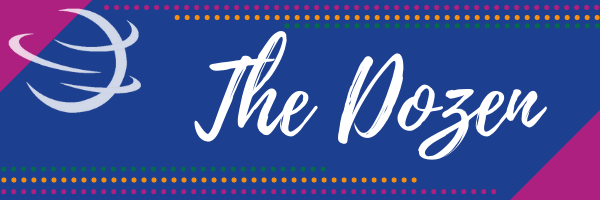
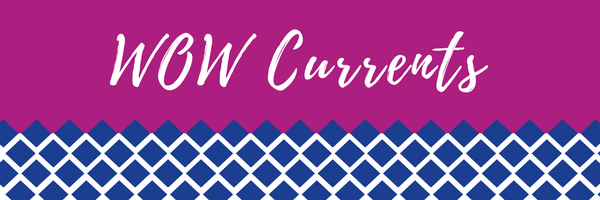
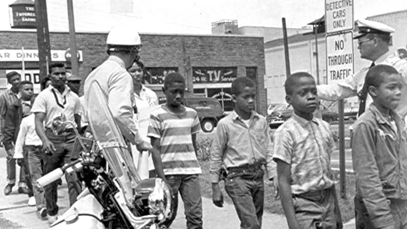
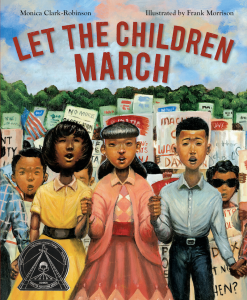 Two years ago, Daliswa “Didi” Kumalo shared a compelling picturebook, Let the Children March, with third graders during our School of Education’s annual
Two years ago, Daliswa “Didi” Kumalo shared a compelling picturebook, Let the Children March, with third graders during our School of Education’s annual 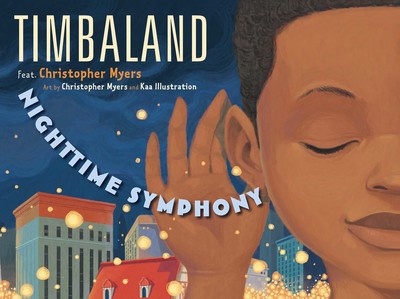 For this last post focused on the role of literature in supporting music’s importance as a multimodal approach to living and learning in the global society, we consider books that reflect the cognitive support between language and music. The development of both music and language for young learners has been revealed as a somewhat reciprocal process. Recent research, has revealed that the brain regions that process syntax are also responsible for other communicative forms such as music. Concepts about print, conventions of print, rhythm, rhyme and patterned texts are each nurtured by music. Phonological awareness and auditory discrimination of letters and notes, important in language learning, are also important in developing communication through music. Literature offers resources that support these processes. Poetry, obviously, provides rhythm and often rhyme; onomatopoetic words within text can sharpen listening skills; language can help develop a sense of dynamics, tempo, and emotional qualities; and books that point to the importance of listening to the sounds around us link the natural world as a form of communication.
For this last post focused on the role of literature in supporting music’s importance as a multimodal approach to living and learning in the global society, we consider books that reflect the cognitive support between language and music. The development of both music and language for young learners has been revealed as a somewhat reciprocal process. Recent research, has revealed that the brain regions that process syntax are also responsible for other communicative forms such as music. Concepts about print, conventions of print, rhythm, rhyme and patterned texts are each nurtured by music. Phonological awareness and auditory discrimination of letters and notes, important in language learning, are also important in developing communication through music. Literature offers resources that support these processes. Poetry, obviously, provides rhythm and often rhyme; onomatopoetic words within text can sharpen listening skills; language can help develop a sense of dynamics, tempo, and emotional qualities; and books that point to the importance of listening to the sounds around us link the natural world as a form of communication.